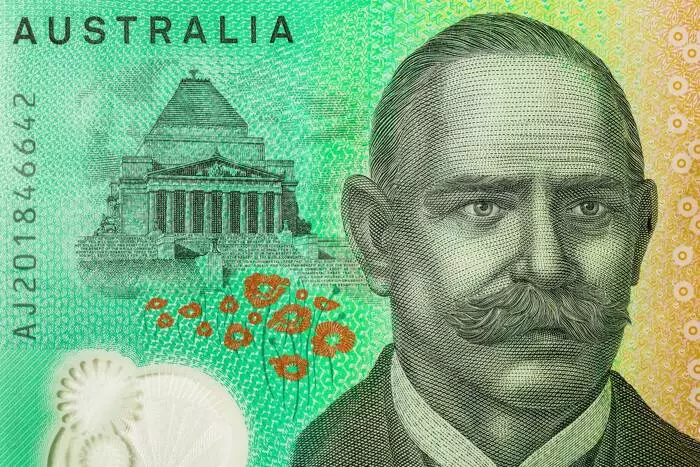China’s new property sales have continued to remain weak, which has also led to a decrease in steel demand and production. This is a significant factor that could potentially influence the Australian dollar to US dollar exchange rate.
The recent remarks by Judo Bank Chief Economic Advisor Warren Hogan regarding the August PMI Survey and the RBA rate path suggest that there may still be a possibility of the RBA raising the cash rate further. This could impact the AUD/USD exchange rate in the near future.
Investor interest is likely to focus on consumer confidence and house price trends. Consumer confidence plays a crucial role in the US economy, as it influences consumer spending, which contributes over 70% to GDP. Any significant drop in consumer confidence could have implications for the Fed rate path and, consequently, the AUD/USD exchange rate.
The US labor market and the Fed rate path are closely interconnected. Economist Parker Ross highlighted the importance of the labor market in determining the Fed’s rate path, emphasizing the potential impact of rate cuts on the economy. The Fed’s ability to navigate the current labor market challenges could influence the AUD/USD exchange rate.
Near-term trends in the AUD/USD exchange rate will be influenced by economic indicators from China and Aussie inflation figures. Central bank commentary and weaker-than-expected economic data could also sway investor sentiment and impact the exchange rate. Monitoring real-time data and expert commentary is essential for adjusting trading strategies accordingly.
The AUD/USD exchange rate remains above the 50-day and 200-day EMAs, indicating a bullish trend. A break above the resistance level of $0.67967 could signal a further upward movement towards $0.68500. Conversely, a drop below the support level of $0.67500 may lead to a downward trend towards the top trend line and the 50-day EMA.
The AUD/USD exchange rate is influenced by a complex interplay of economic indicators, central bank policies, and technical analysis. Keeping abreast of developments in the Chinese property market, US consumer confidence, and Fed rate path is essential for predicting future movements in the exchange rate. Traders should adopt a cautious approach and stay informed to capitalize on potential opportunities in the forex markets.

